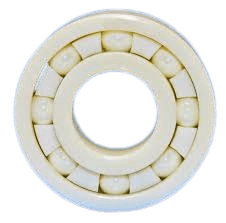
CERAMIC BALL BEARING.
Explore emerging trends in ceramic ball bearing technology, such as advancements in manufacturing processes, development of new ceramic materials, and potential applications in emerging industries like renewable energy and robotics.
Advantages of Ceramic Ball Bearings:
Discuss the specific advantages of ceramic ball bearings over steel ball bearings. This could include factors like reduced friction, higher operating temperatures, and longer lifespan.
.Applications:
Explore the wide range of applications where ceramic ball bearings excel. This could include high-speed machinery, precision instruments, and harsh environments where corrosion resistance is critical.
.Manufacturing Process:
Provide insights into how ceramic ball bearings are manufactured. This could involve techniques such as hot pressing, cold isostatic pressing, and sintering to create the ceramic components with high precision.
.Types of Ceramic Materials:
Discuss the different types of ceramic materials used in ball bearing manufacturing, such as silicon nitride, zirconia, and alumina. Each material has its unique properties suited for specific applications.
.Performance Testing:
Highlight the importance of performance testing in ensuring the quality and reliability of ceramic ball bearings. This could include tests for hardness, thermal stability, and load capacity.
.Cost Considerations:
While ceramic ball bearings offer superior performance, they often come at a higher cost compared to steel ball bearings. Discuss the cost implications and factors that contribute to the pricing of ceramic ball bearings.
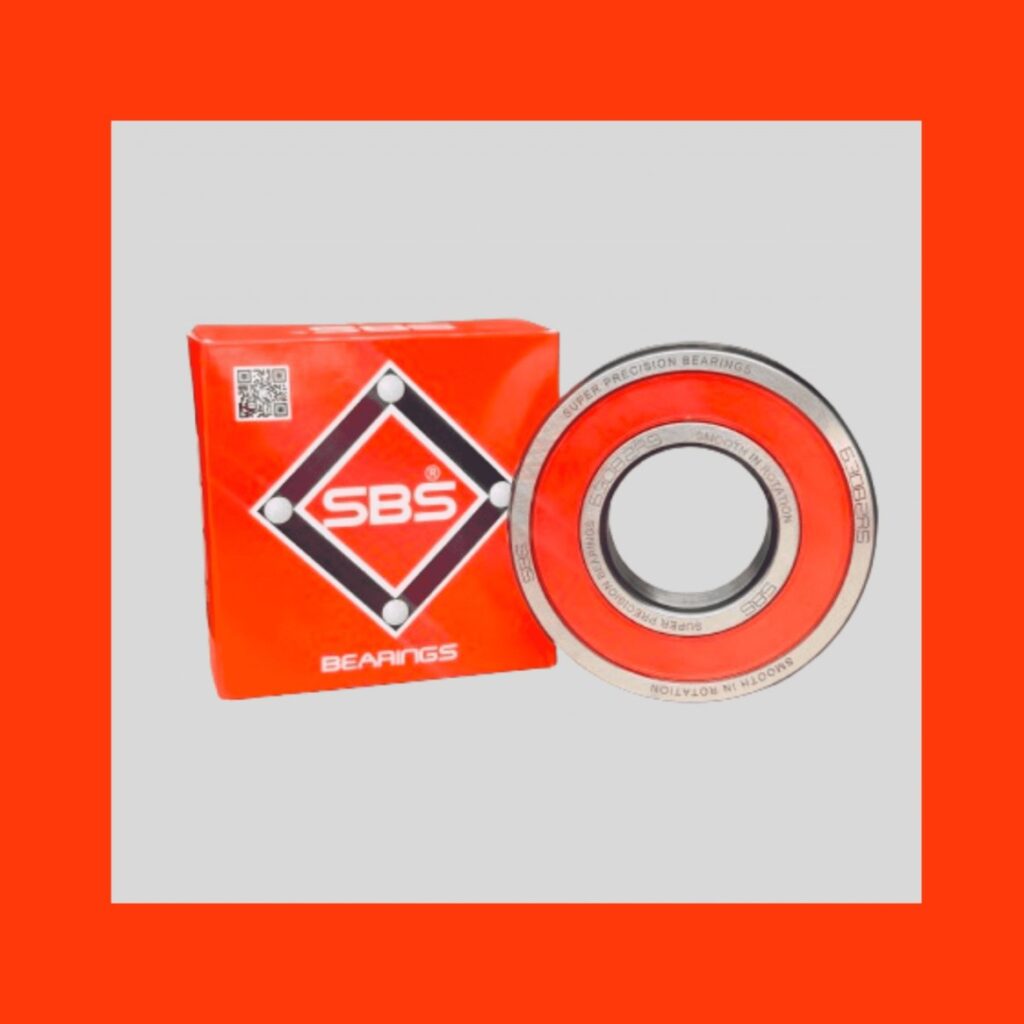
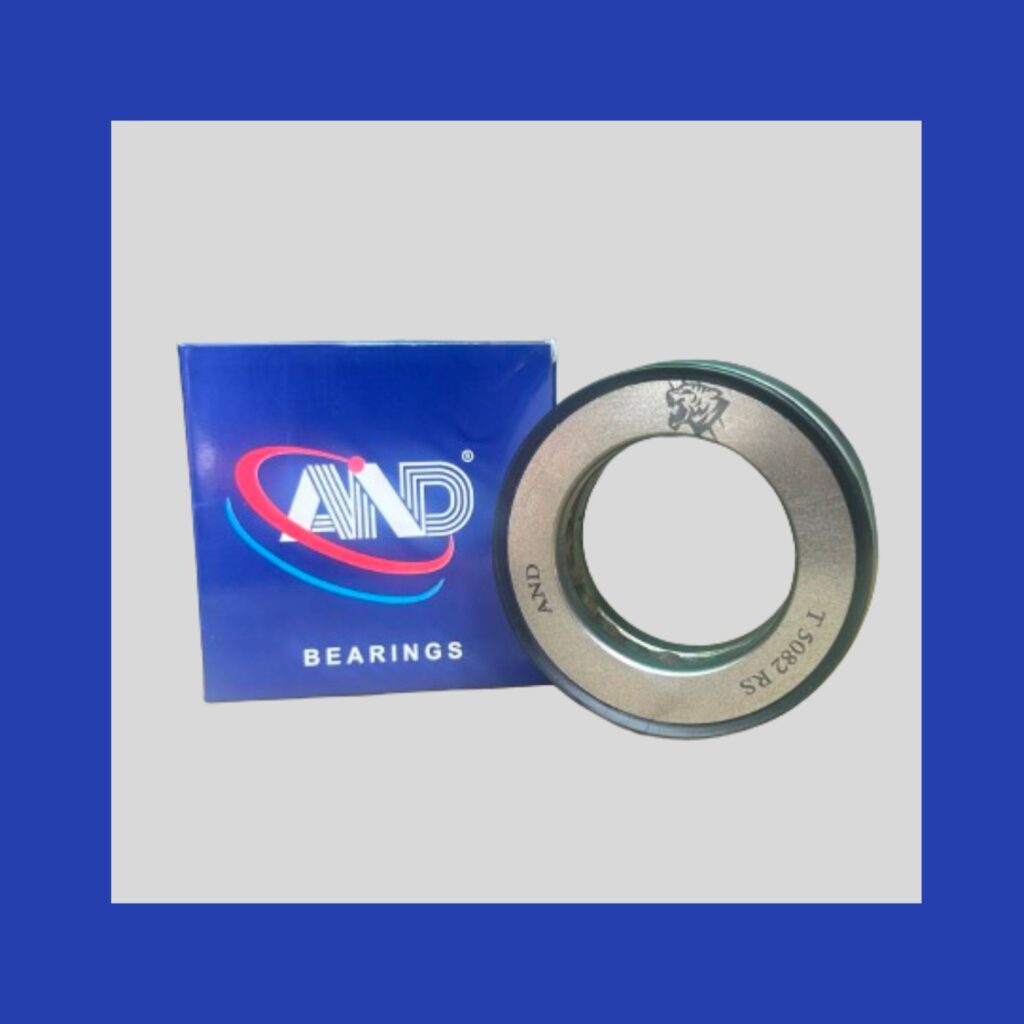
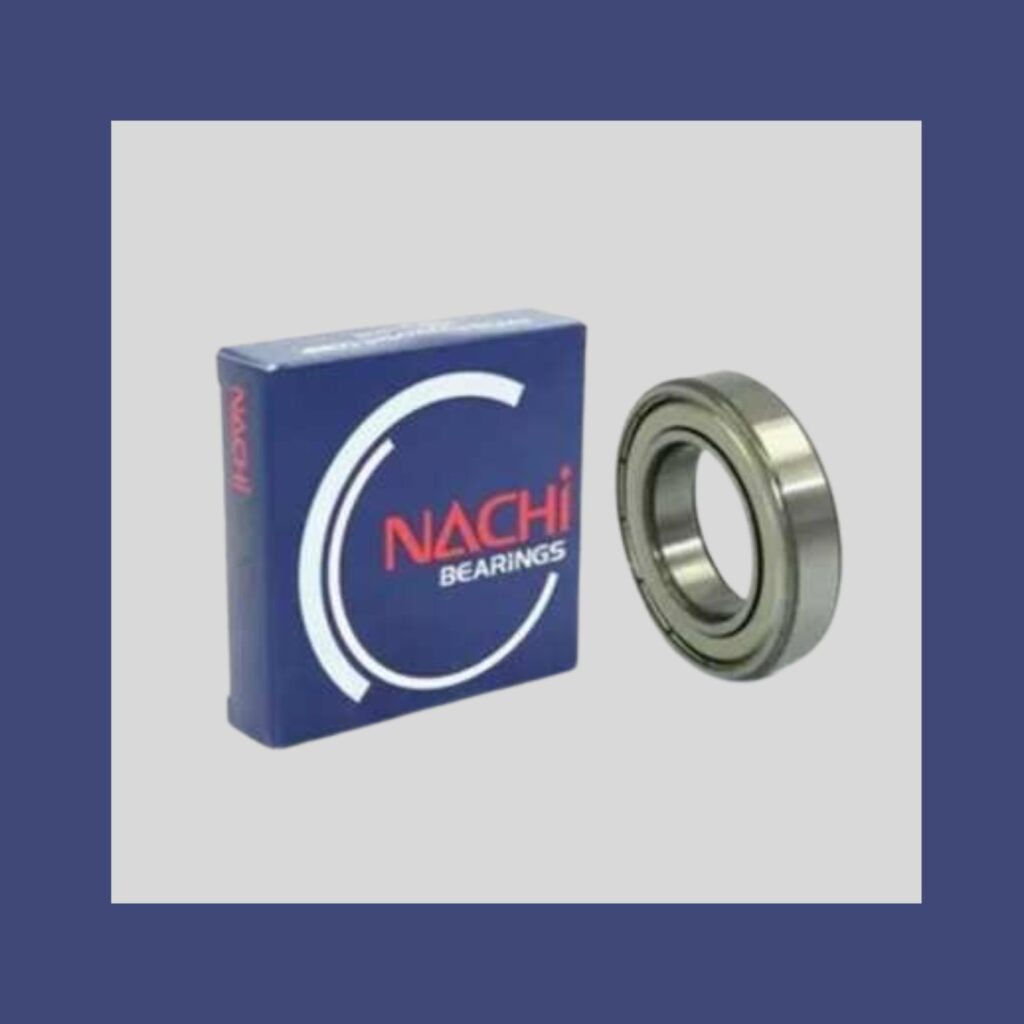
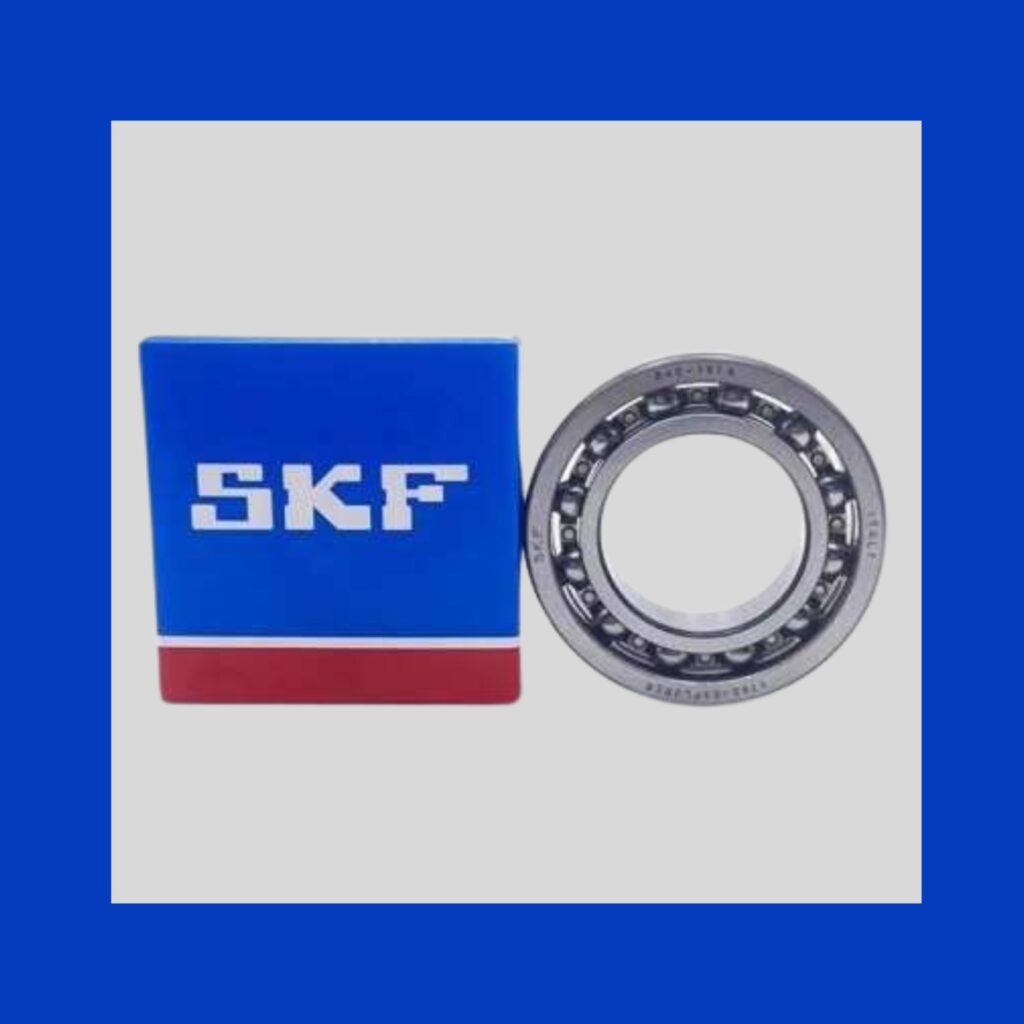
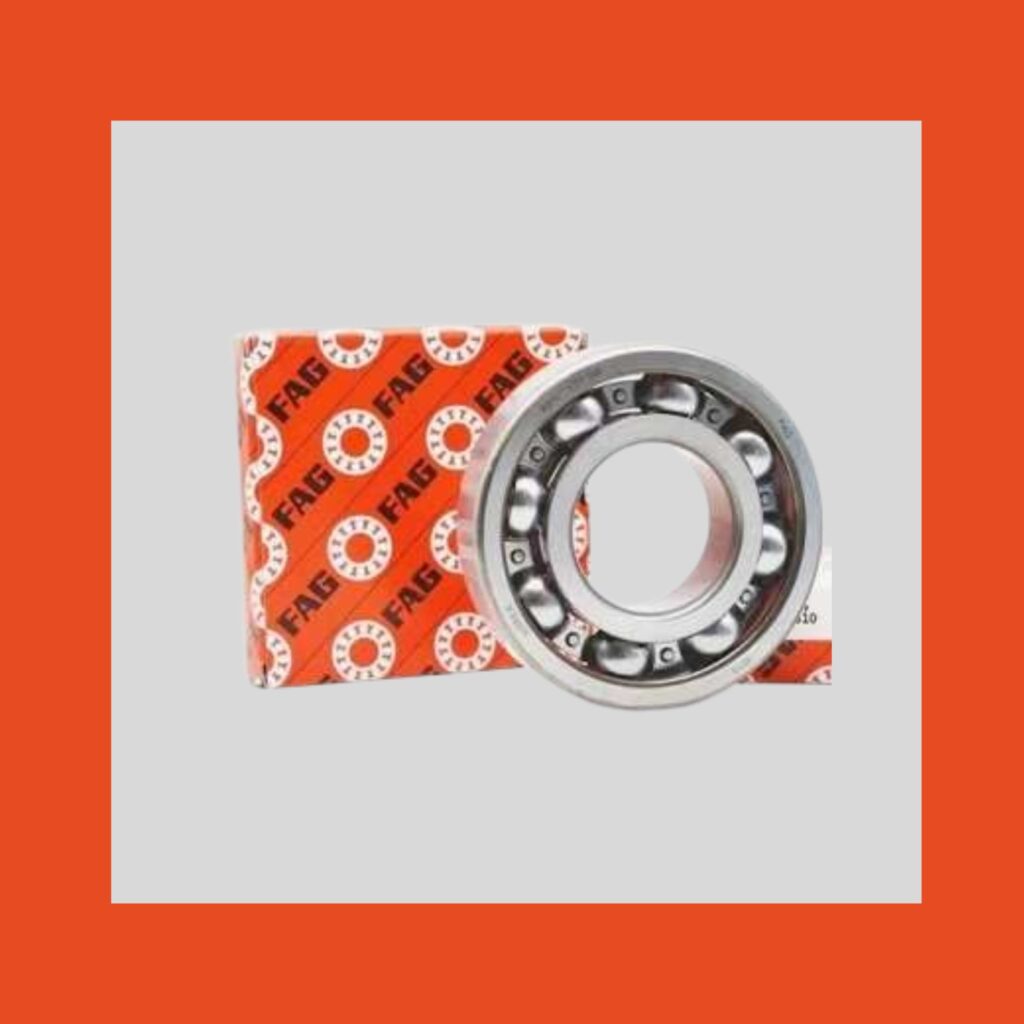
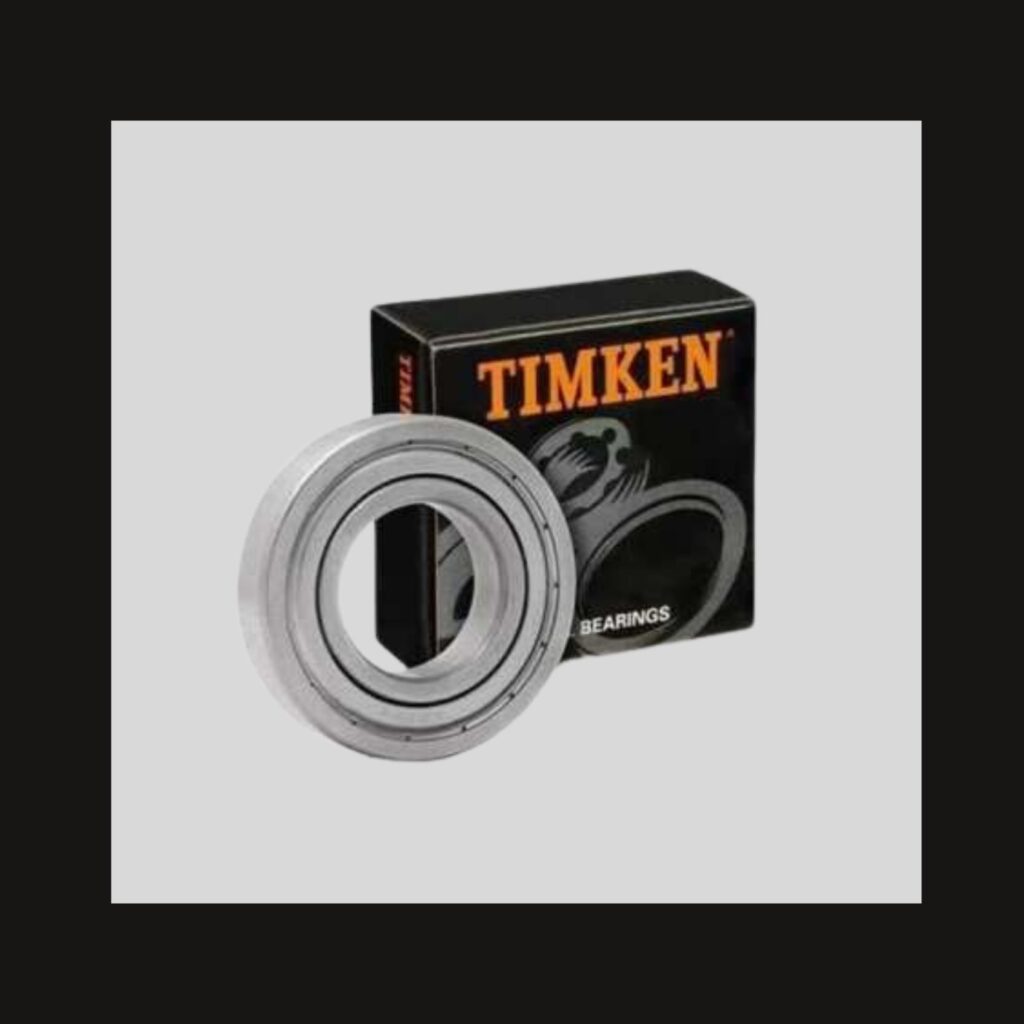
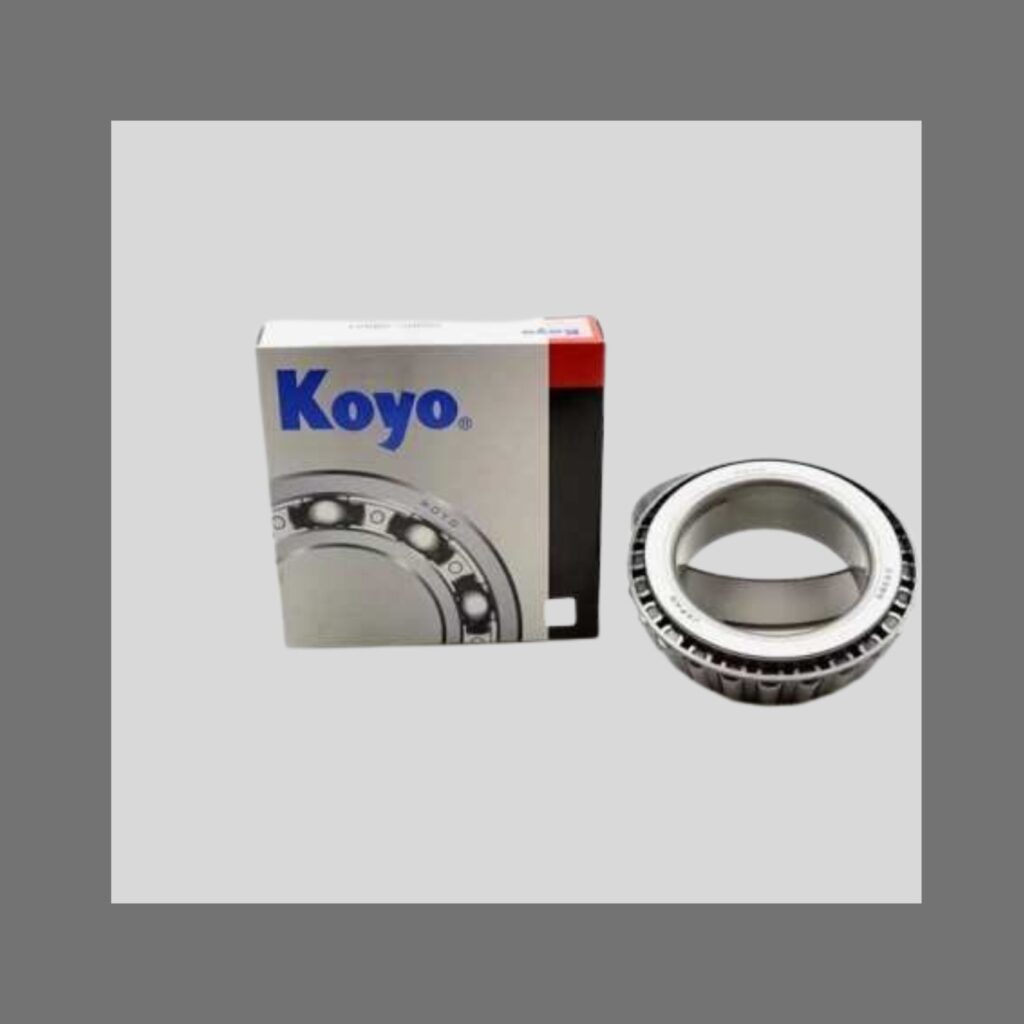
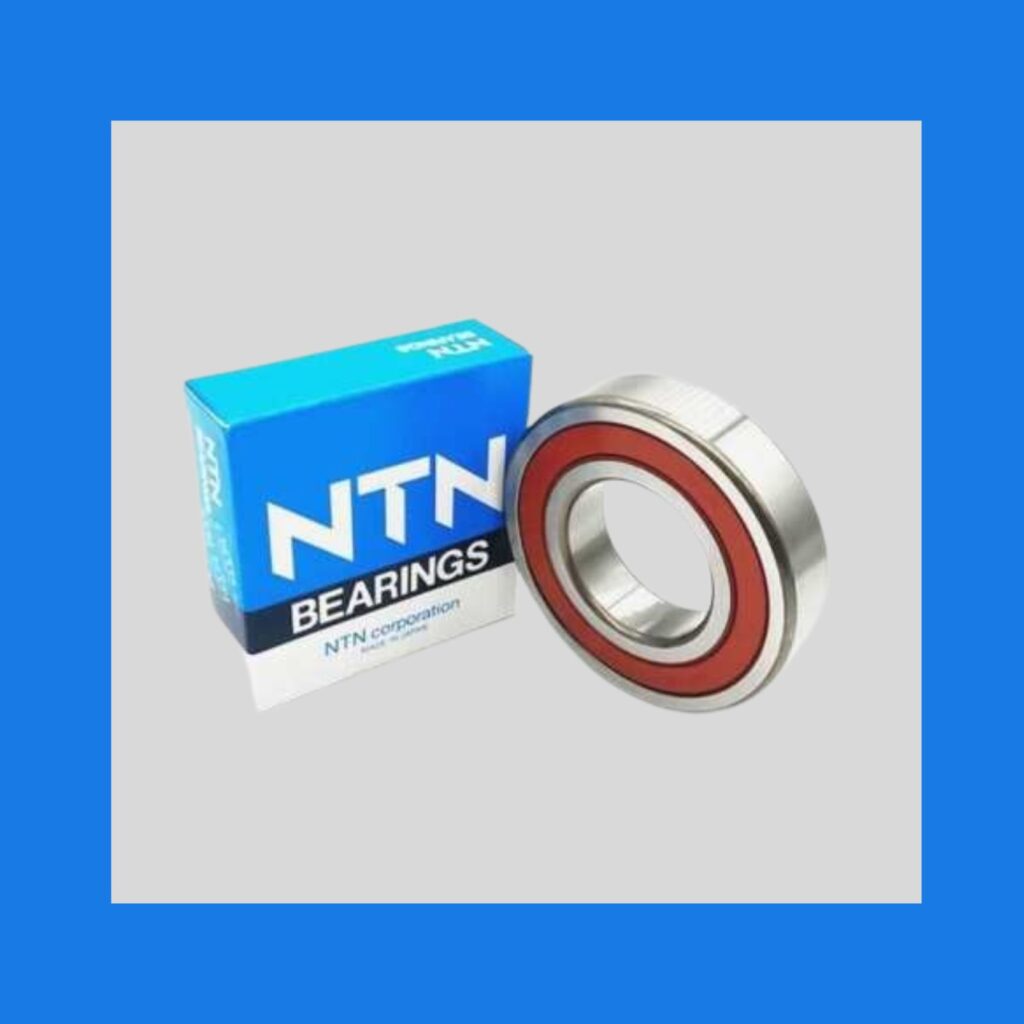
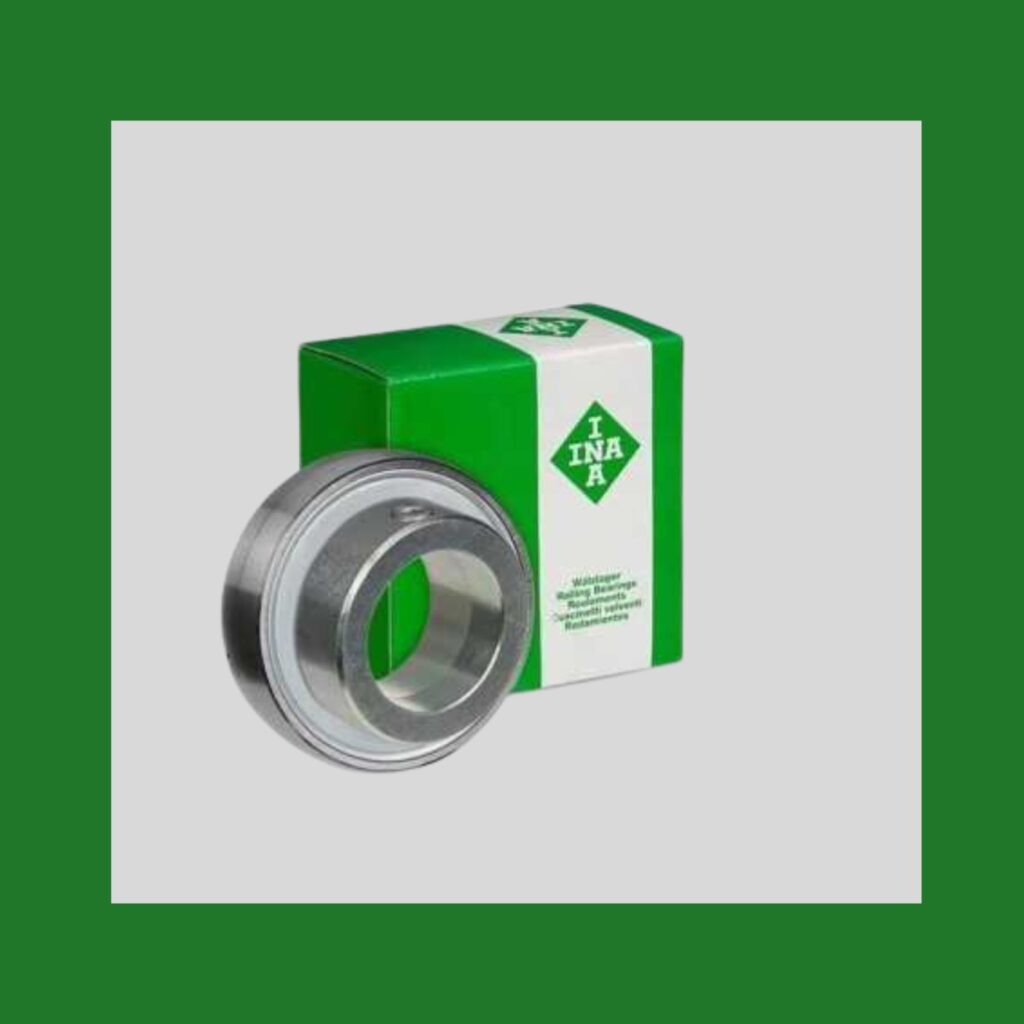
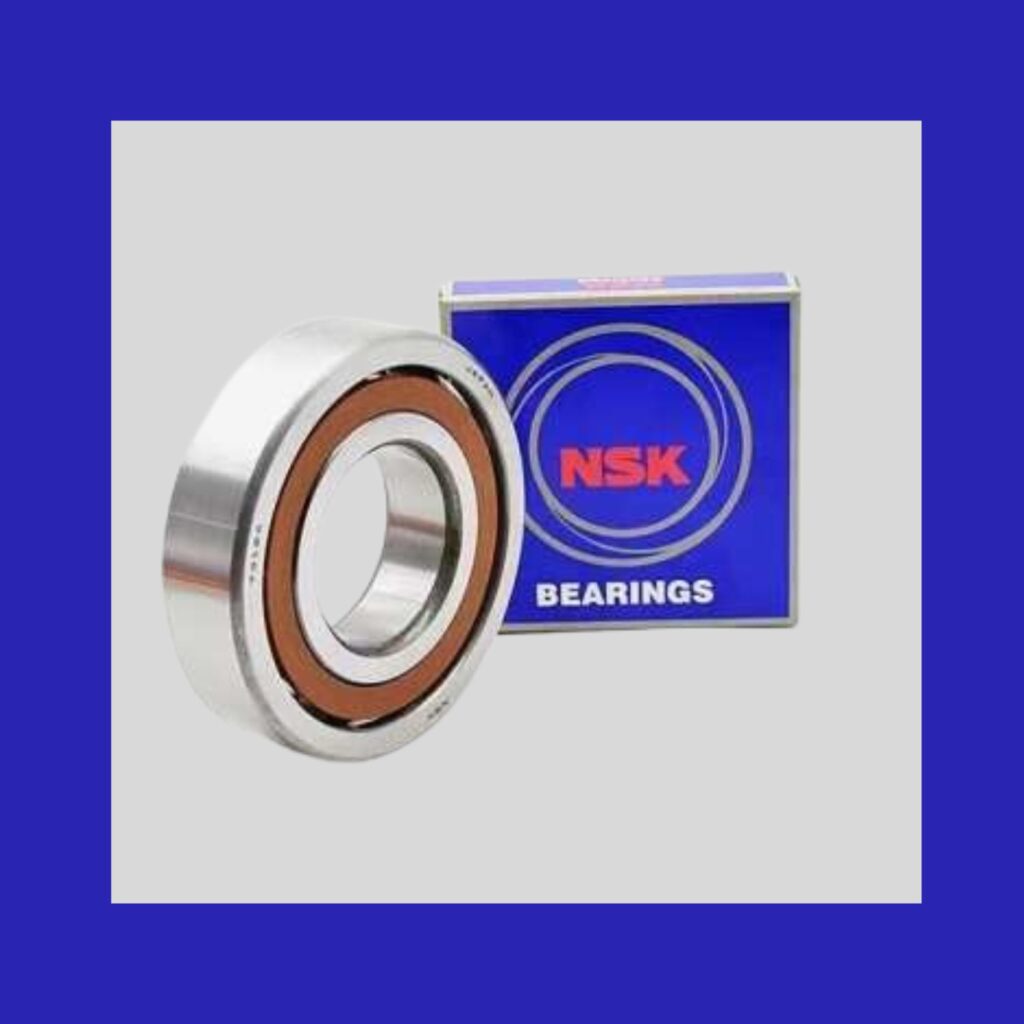
0 Comments